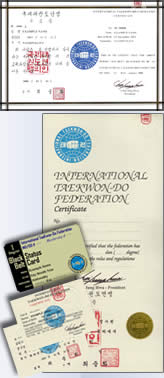|
Are
you ITF Certified?
These
are the only
|
|
|||
All SportsTHE IMPORTANCE OF WARMING-UP It is most important that you spend around ten minutes in light aerobic activity to warm up your body before stretching or the execution of any explosive movements and dynamic actions Warm-ups should commence with the entire body moving and then progress to specific muscle groups. Warming up for physical activity has a two fold function. Firstly it loosens up the joints and muscles that are to be used in the activity which is to follow and hence improving performance and secondary it has the important role of reducing injury. The resistance of movement comes from the structure of the bone. over which you have no control. As well has the muscle and connective tissue surrounding the joint. A well planned warm up, which will involve flexibility work, will help to overcome some of this resistance to the movement and obviously make some of the following movements more efficient by increasing the range of movement and the speed that the limbs can move. both of which will help enhance performance. It is wise to develop a systematic approach to warming up which involves a routine that is easy to remember. The following principles should be part of all warm ups
After activity a warm down is essential. This should involve gentle passive stretching. People who warm down properly have far fewer injuries than those who do not warm down
|



